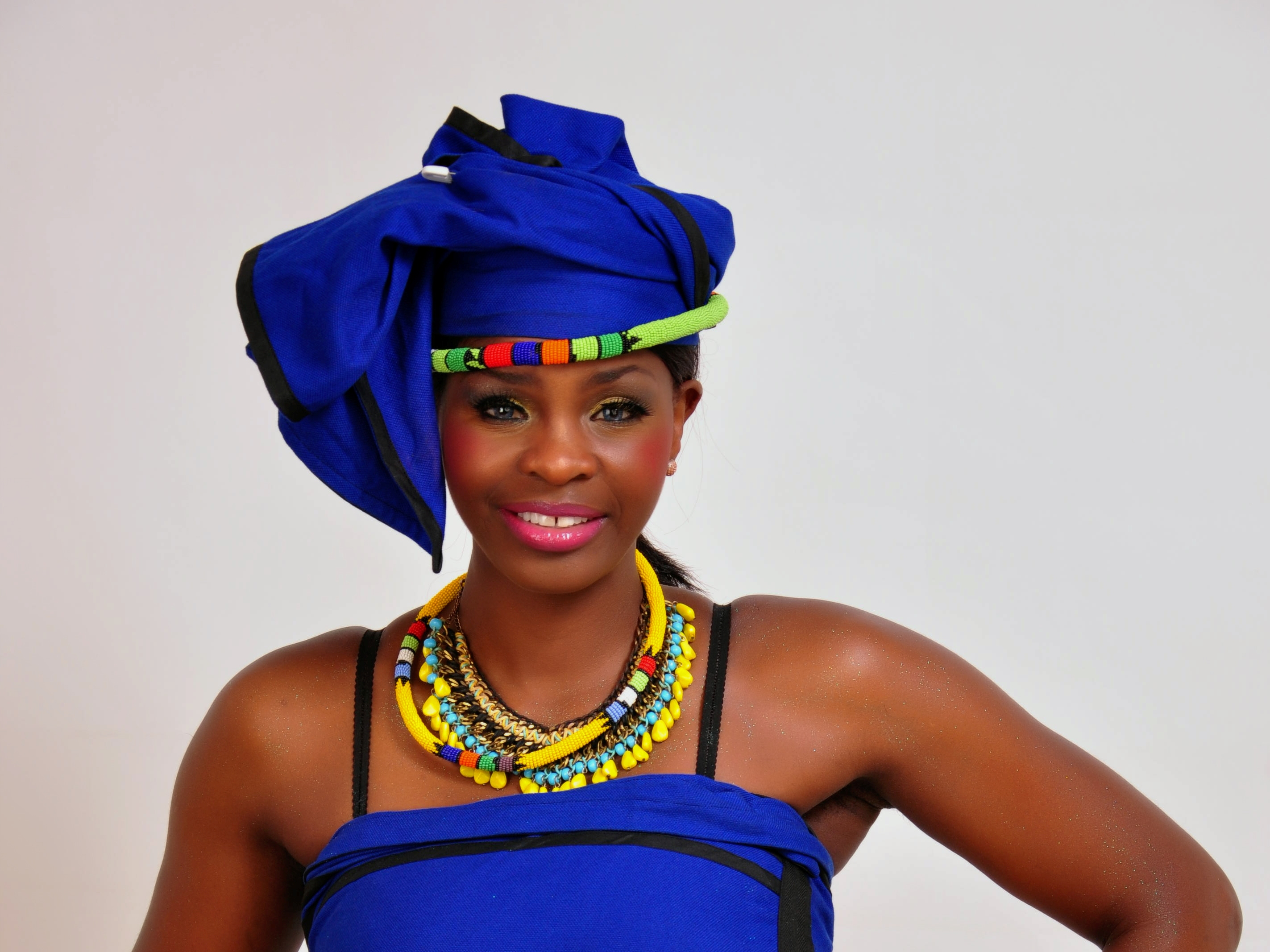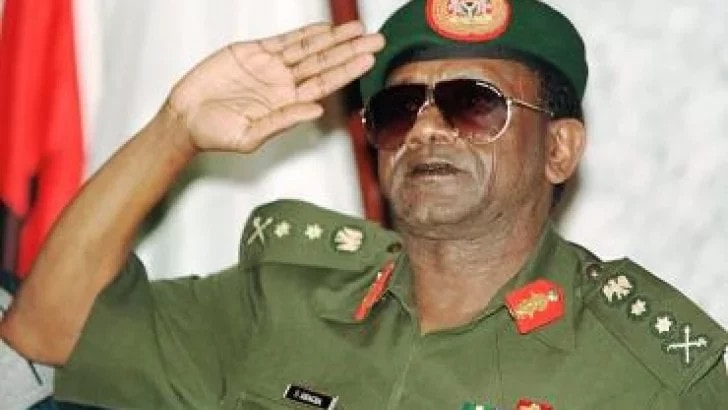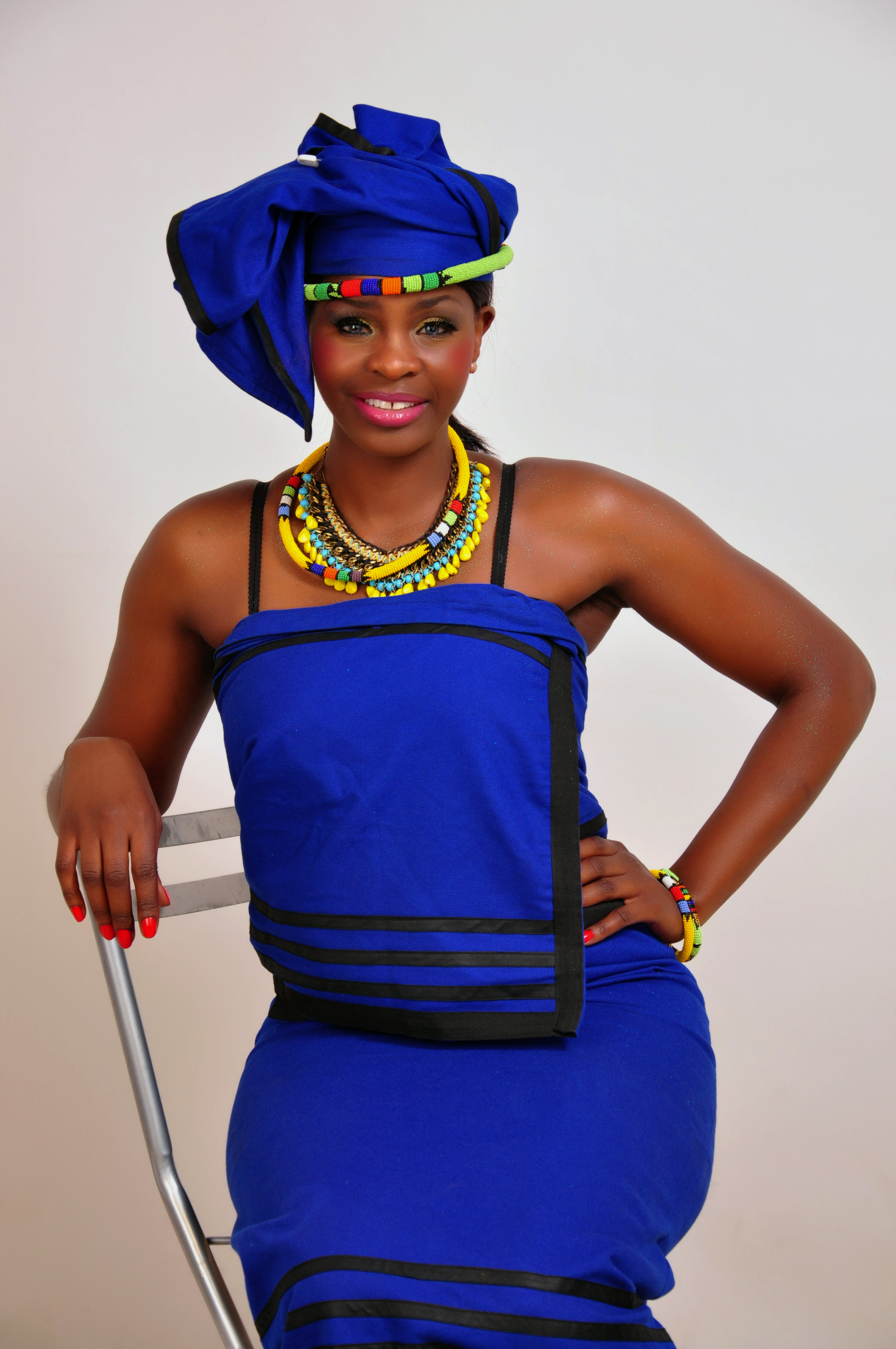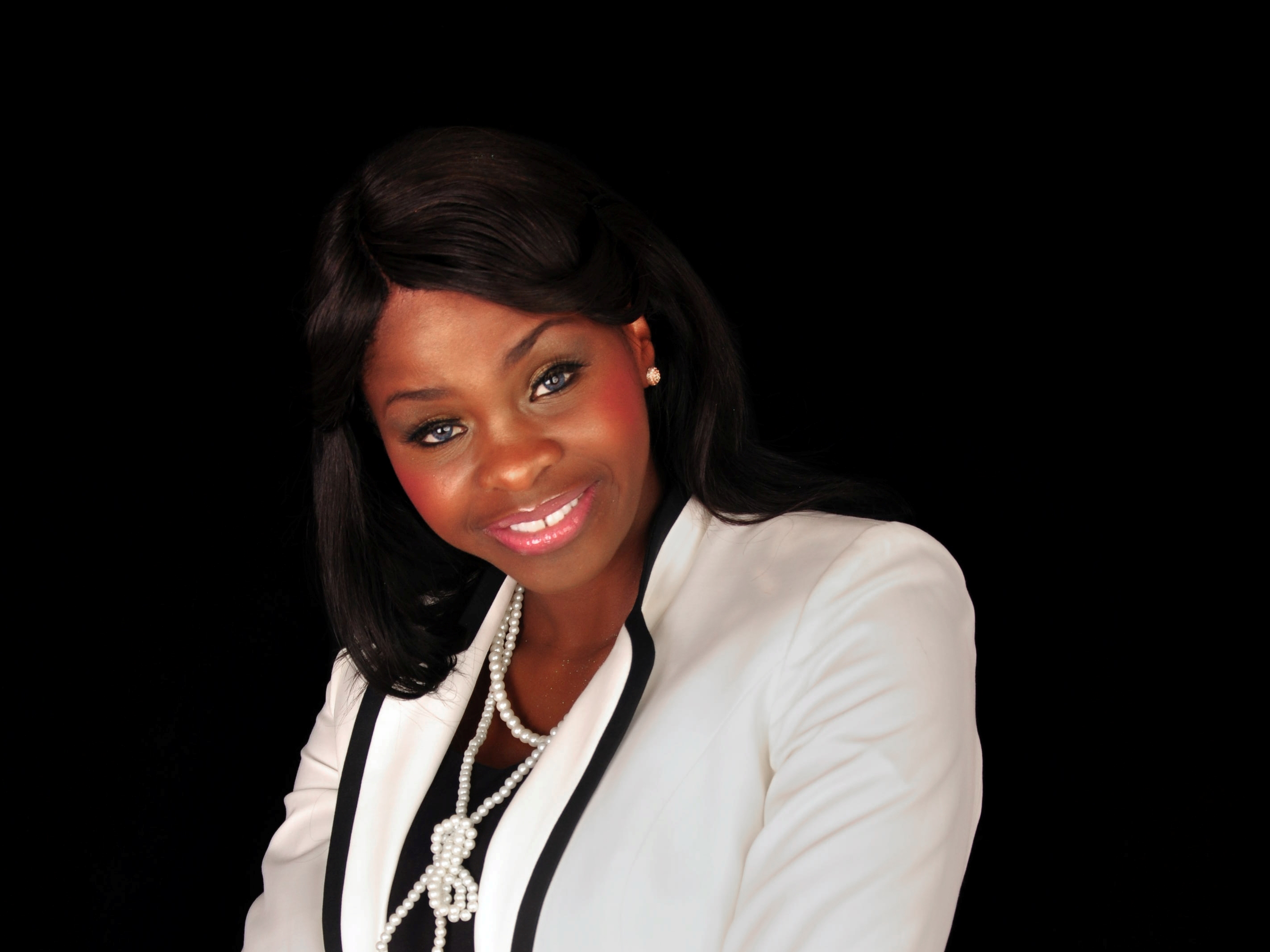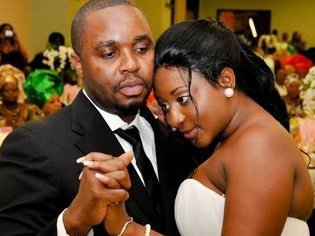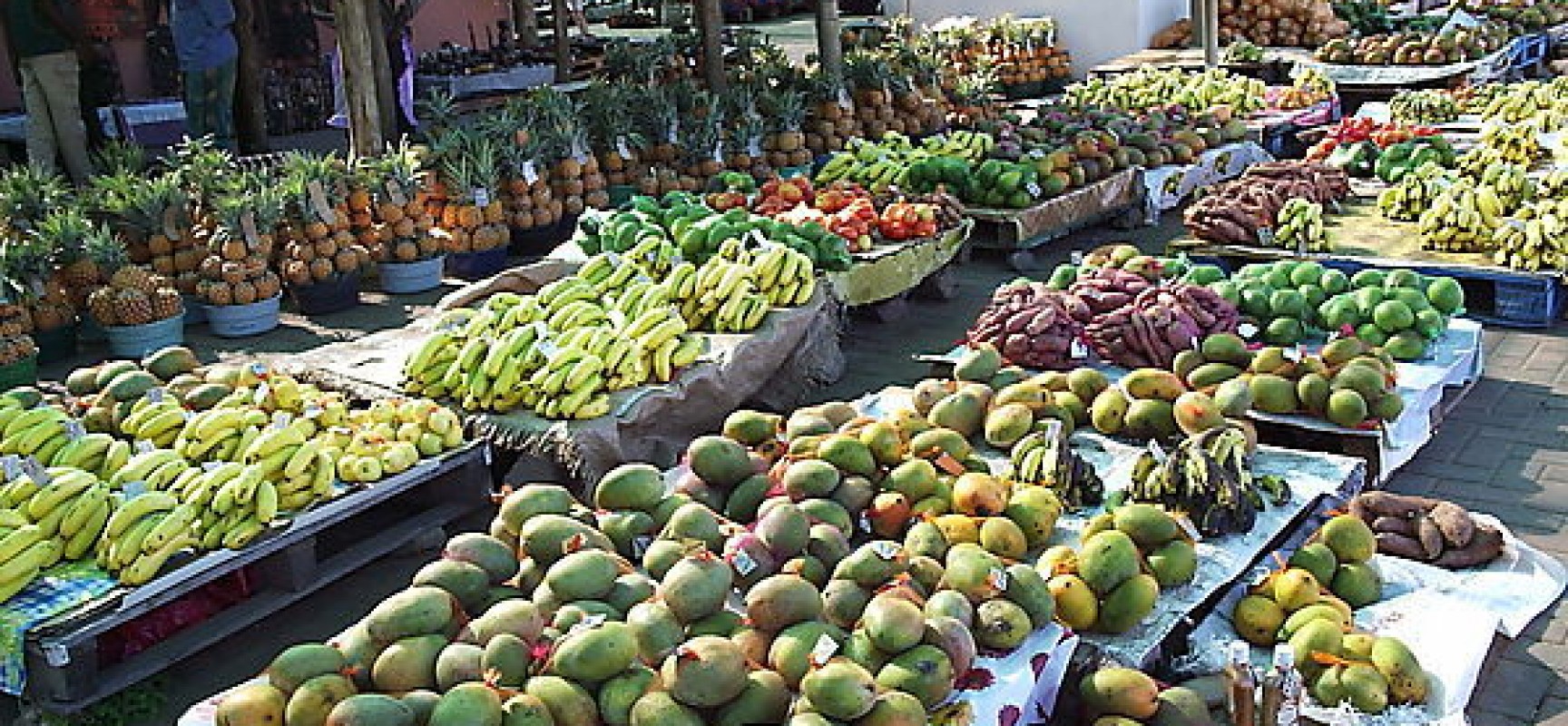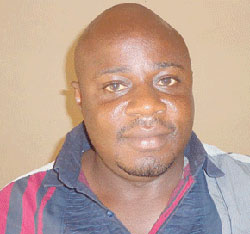*Association releases striking photographs from the archives to mark 70th anniversary
The Commonwealth is celebrating its 70th anniversary by releasing a series of photographs documenting the association’s history.
The modern Commonwealth came into being 70 years ago with the London Declaration, signed on 26
Across the Commonwealth, organisations are celebrating the 70th anniversary with a series of events, conferences, competitions and workshops throughout the next year.
But how was the Commonwealth formed? How has it changed over the last seven decades? And crucially, when was its colonial legacy transformed into a family based on equality, diversity and consensus decision-making?
Pre-1949
The origins of our association stretch back much further than 70 years, but the signing of the London Declaration in 1949 marks the point at which the legacy of the British Empire was replaced with a partnership of equal member countries sharing a set of principles and values.
The Balfour Declaration of 1926 had established all members as ‘equal in status to one another, in no way subordinate one to another’, and this was in turn adopted into law with the 1931 Statue of Westminster. However, it was India’s desire to adopt a republican form of
The London Declaration (1949)
Addressing the issue over six days in London, were heads of government from Australia, Britain, Ceylon, India, New Zealand, Pakistan and South Africa plus Canada’s Secretary of State for External Affairs.
The final communiqué was both innovative and bold. It stated that the Crown was to be recognised as ‘the symbol’ of the Commonwealth association. Thus India could remove King George VI as their head of state but recognise him as head of the Commonwealth.
The Declaration also emphasised the freedom and equality of its members not just in their relationship to the Head of the Commonwealth as a ‘free association of [..] independent nations’ but also in their cooperative ‘pursuit of peace, liberty and progress’. It was also at this juncture that the prefix British was dropped from the title.
Why are we celebrating?
In the 70 years since this reformulation, the relevance and value of the relationship
But most significant is the expansion of Commonwealth membership from eight countries in 1949 to 53 in 2019 – meaning 33 per cent of people on the planet belong to the Commonwealth and have cause for birthday celebrations!
Photographs from the archives:
Visit our Flickr page to download photographs documenting the Commonwealth’s history. These photographs are for non-commercial use only and are the property of the Commonwealth Secretariat (please cite accordingly).
Statement from the Secretary-General Patricia Scotland:
“In celebrating 70 years of the Commonwealth we recall with pride and satisfaction the impressive record of impact and achievement which have brought sustainable development to the people of our diverse family of nations, with ever more inclusive progress and prosperity.
“Continually adapting and evolving through seven decades, the Commonwealth has expanded in scope and grown in stature as the respected champion of shared values – Including good governance and democracy – which are now brought together in our Commonwealth Charter, which prefigures and parallels in so many ways the Sustainable Development Goals.
“Programmes such as the Commonwealth Connectivity Agenda on Trade and Investment, and the Commonwealth Blue Charter on ocean governance, are examples of
“As rising generations respond afresh and build together in the renowned Commonwealth spirit of goodwill, we can be assured that through the next 70 years and beyond this great family will rise to even greater levels of mutual support, conscious as always that independence and interdependence go hand in hand for the people and nations of a connected Commonwealth.”
Video:
To watch the Secretary-General’s statement, click here.
Media contact:
Dan Keel
Head of Media Relations
Commonwealth Secretariat




